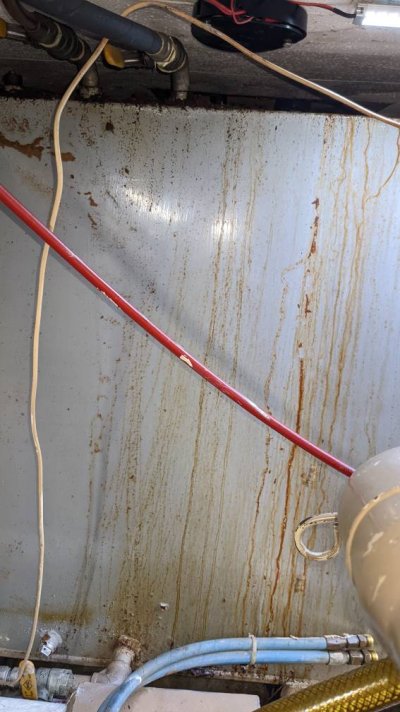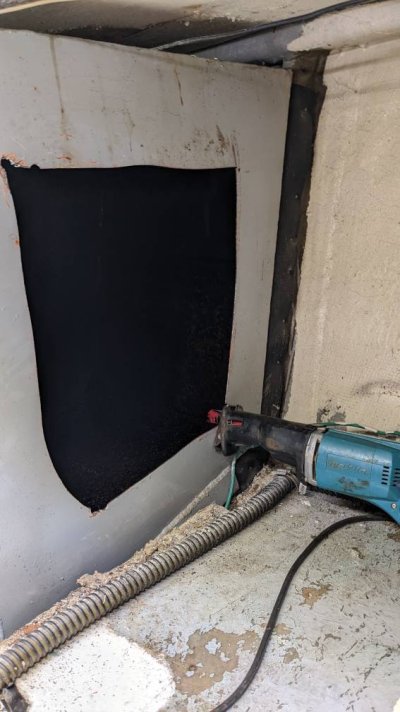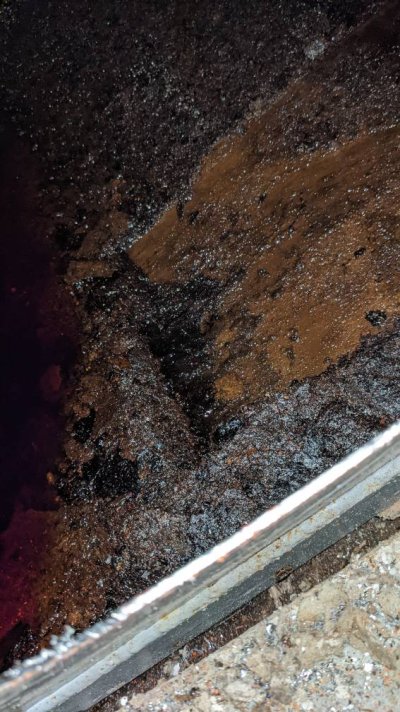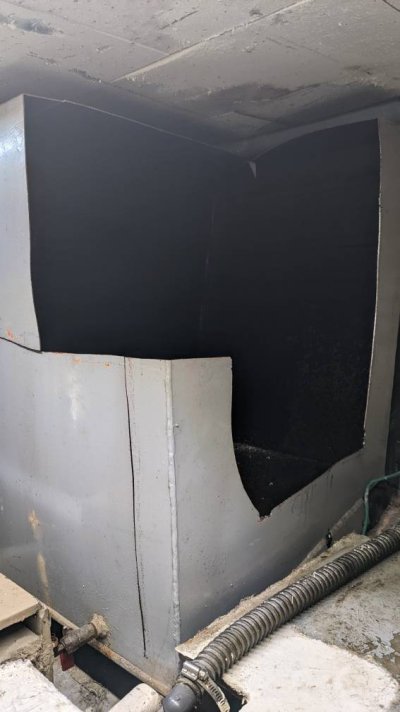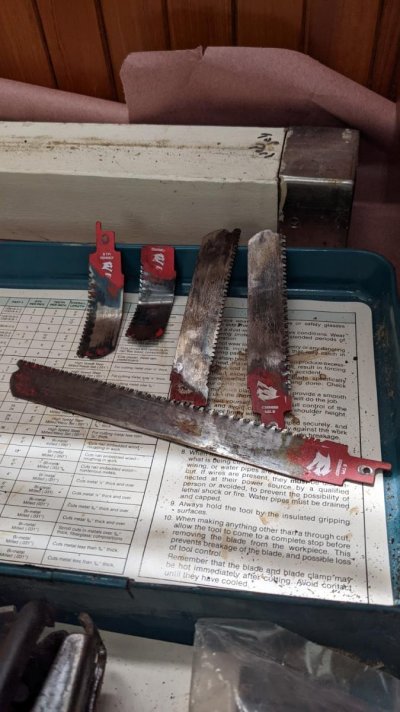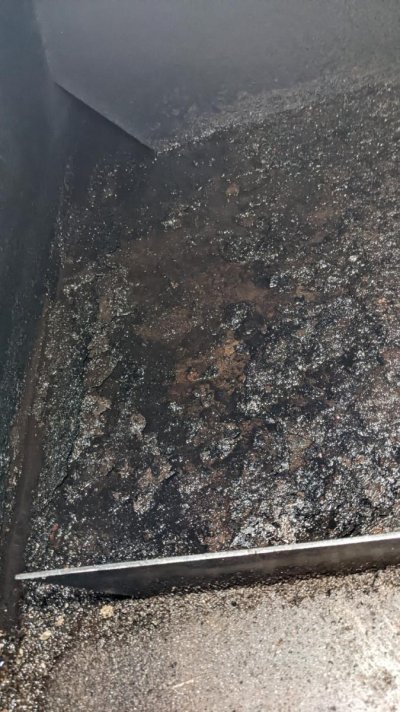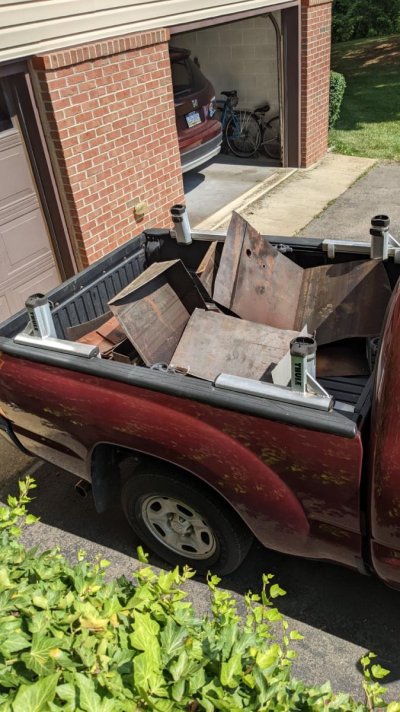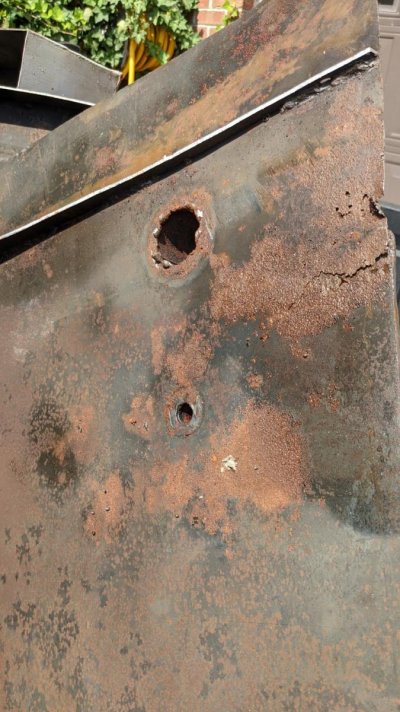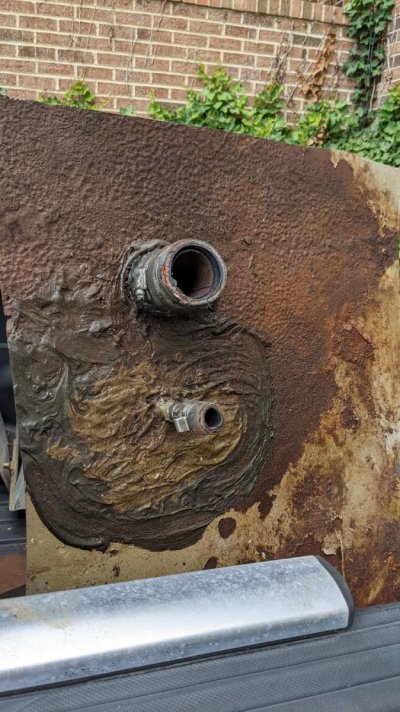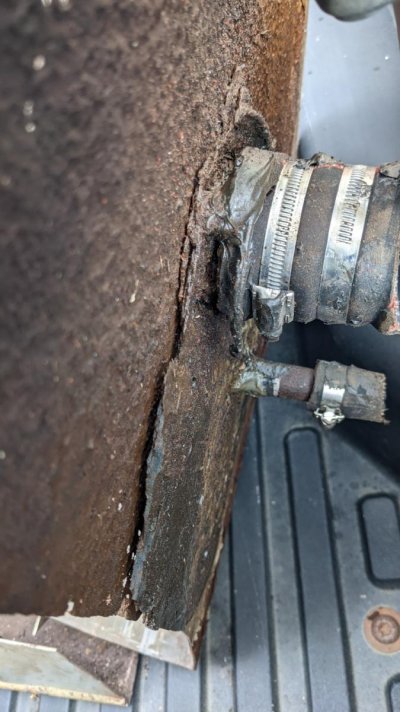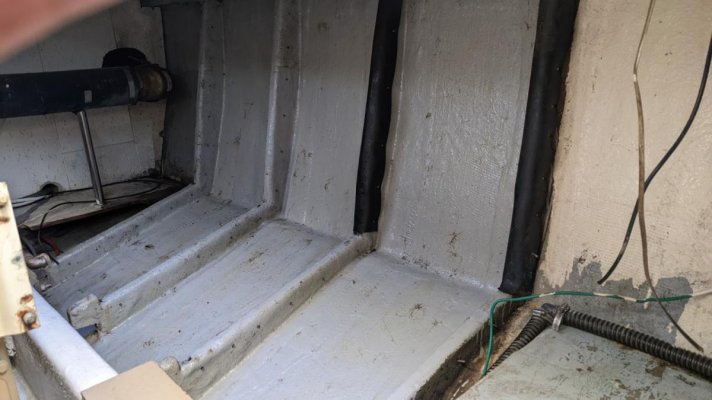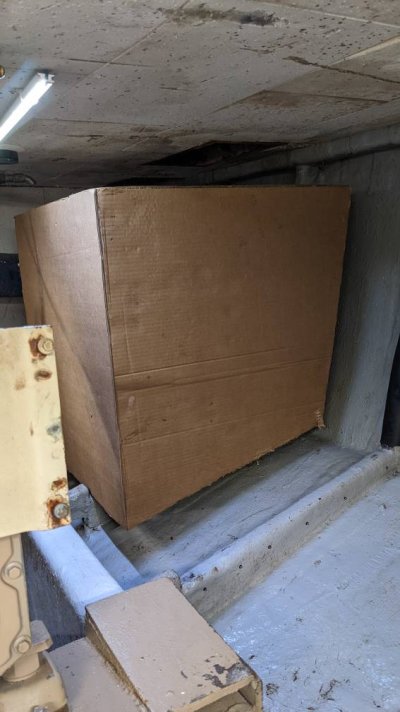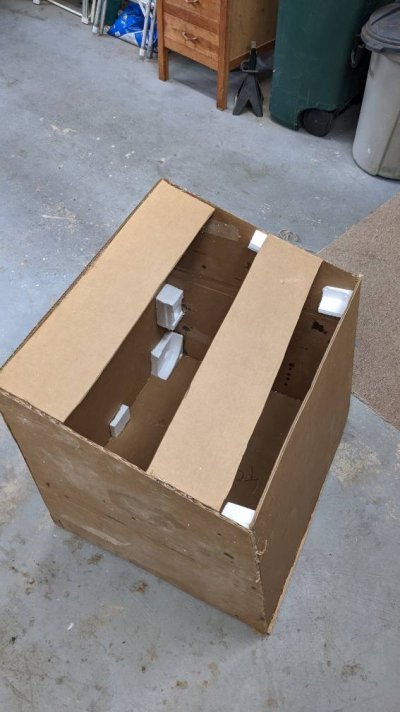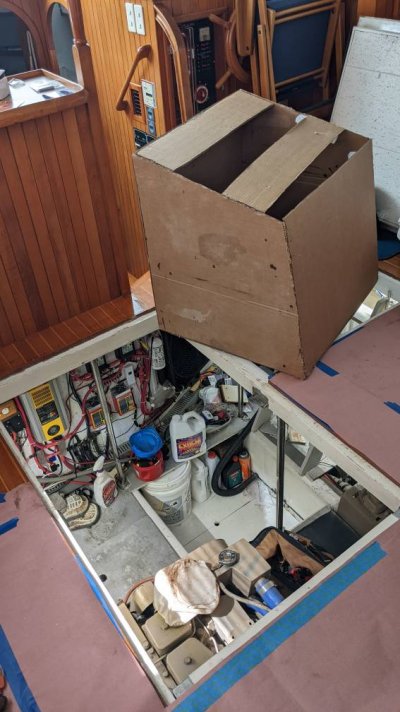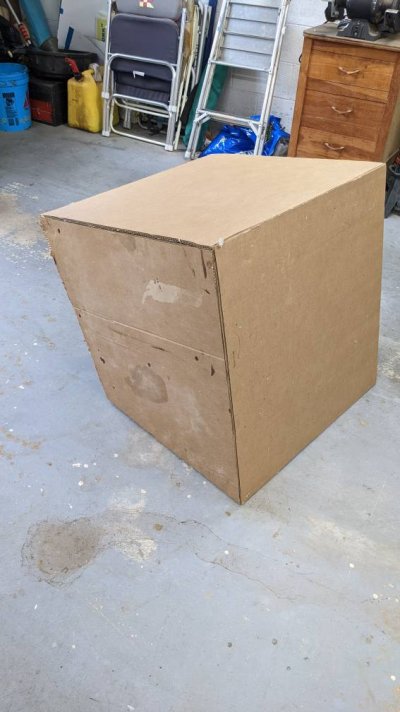CapeWhaler
Veteran Member
Add my thanks for the ongoing progress reports on this arduous but important job; one of the most fascinating threads I've read (even the whiskey reviews!). Well done on both the job and the continuing updates! It caught my interest because I'm facing removing an ancient badly corroded steel tank from a 1979 motorsailer.
One thing I didn't see in the thread that I've been worrying over is purging the tank of residual diesel fuel and fumes before attacking it with a saw or cutoff wheel; rather not blow myself up from a spark. How did you do that...or I am worrying unnecessarily?
One thing I didn't see in the thread that I've been worrying over is purging the tank of residual diesel fuel and fumes before attacking it with a saw or cutoff wheel; rather not blow myself up from a spark. How did you do that...or I am worrying unnecessarily?

 using this method. From a distance I may add.
using this method. From a distance I may add.